postmarketOS now boots on over 200 phones and tablets
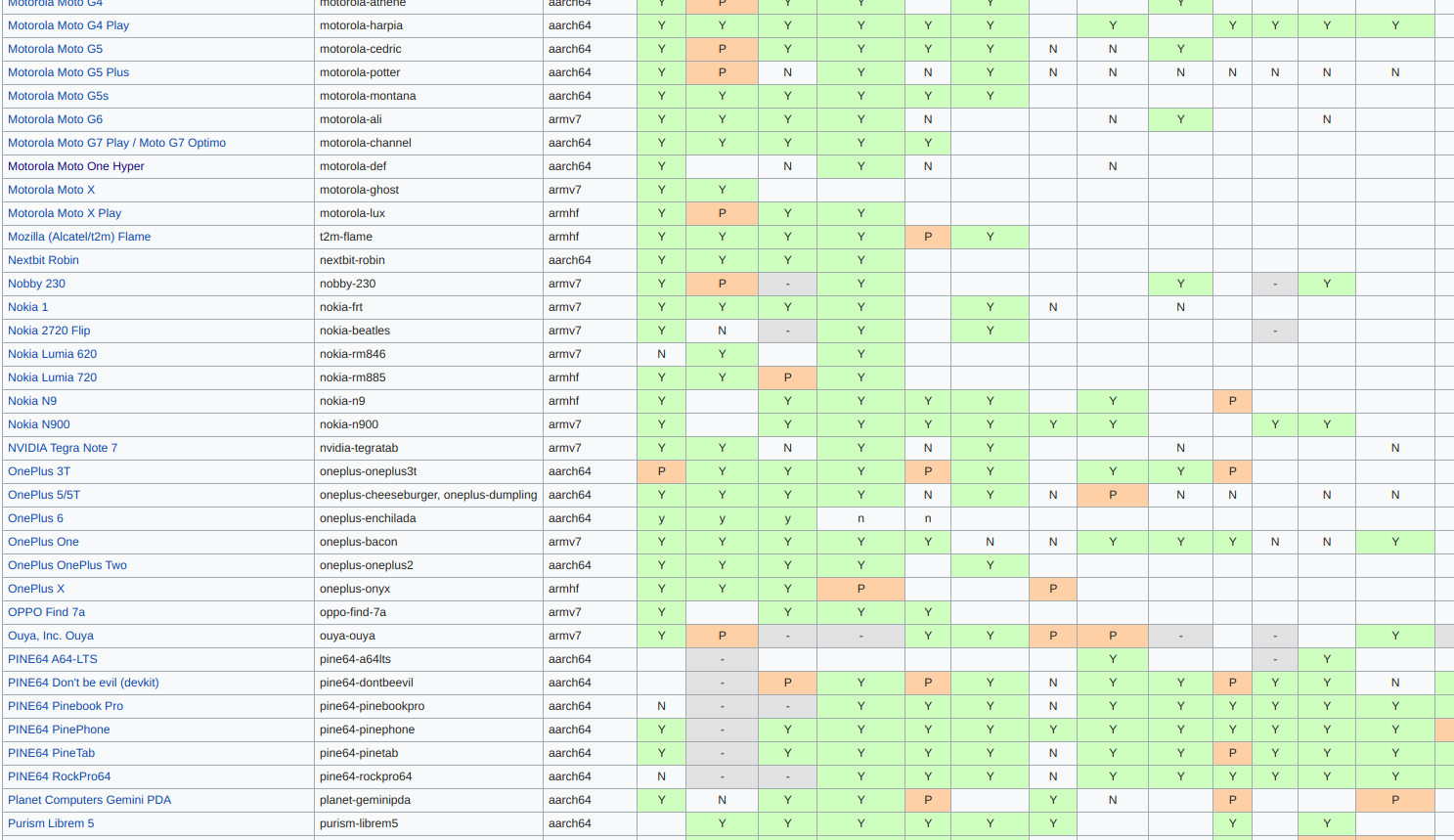
In its first three years of life, postmarketOS has gotten considerable popularity over time, partly thanks to the rising interest in the field after the huge press coverage of projects like the Librem 5 and the PinePhone, partly thanks to its wide range of supported devices and extremely easy porting process, which made running Linux on most phones a breeze.
The news is that postmarketOS just reached the milestone of 200 booting devices, which is a somewhat incredible achievement considering the aura of mystery Linux on phones and other ARM devices had until years (if not months) ago.
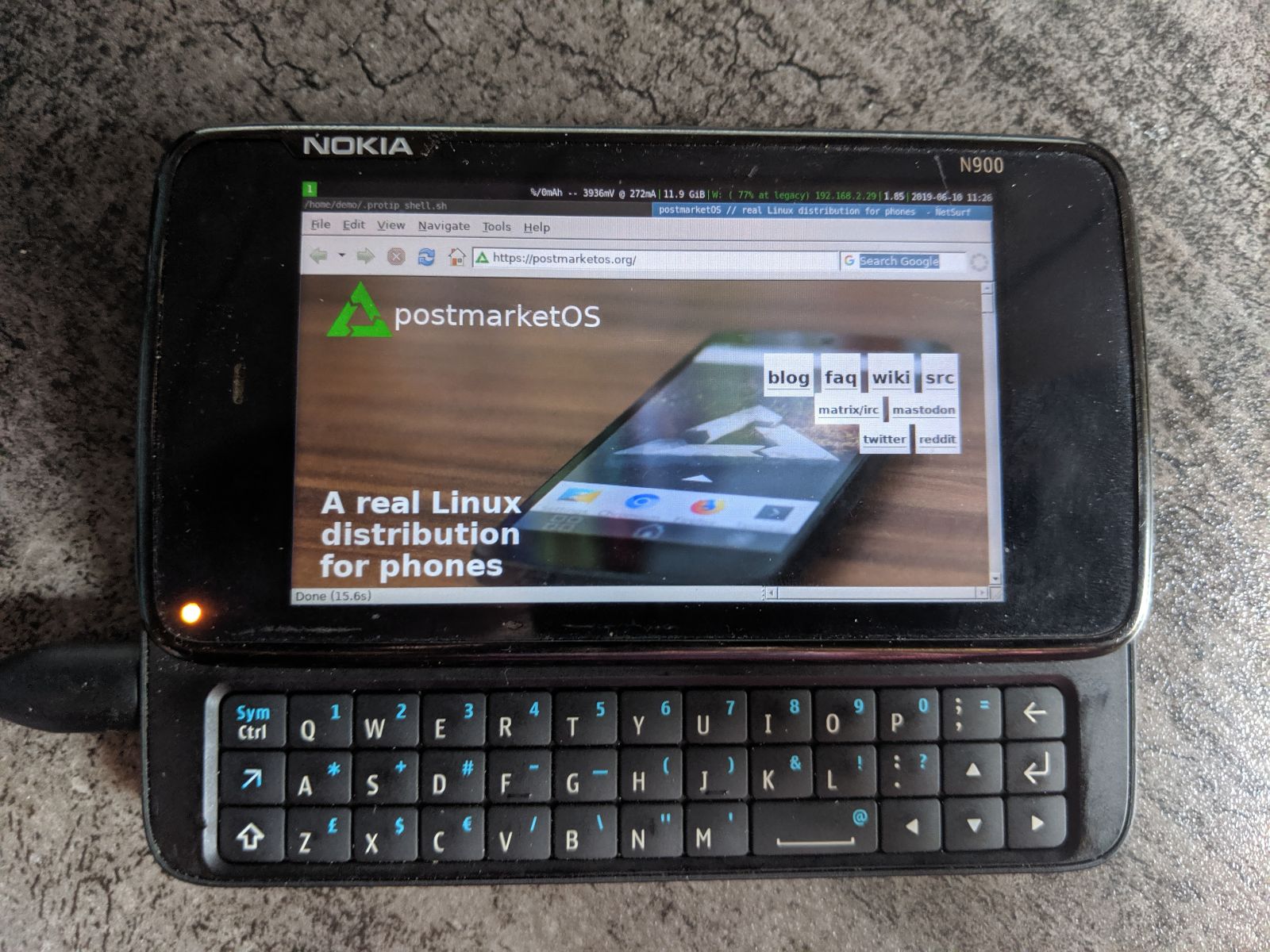
The issues with porting Linux to new ARM devices were (or better, are) really many, as unlike their x86 ("Intel/AMD") counterparts each single piece of hardware needs a proper port, "hardware description" (DTS) and often custom drivers before being able to boot the Linux kernel. And as some people will know, writing custom kernel Device Tree configuration files is far easy, especially considering how willingly closed and undocumented most smartphone ARM boards are. However, postmarketOS's own pmbootstrap and several other tools have made this task much easier, and similarities occurring between many boards and devices and phones are making porting easier with time.

Last but not least, part of the winning formula in postmarketOS is probably its easy to understand yet highly technical wiki, where even several of the most complex and troublesome procedures of porting are well documented.
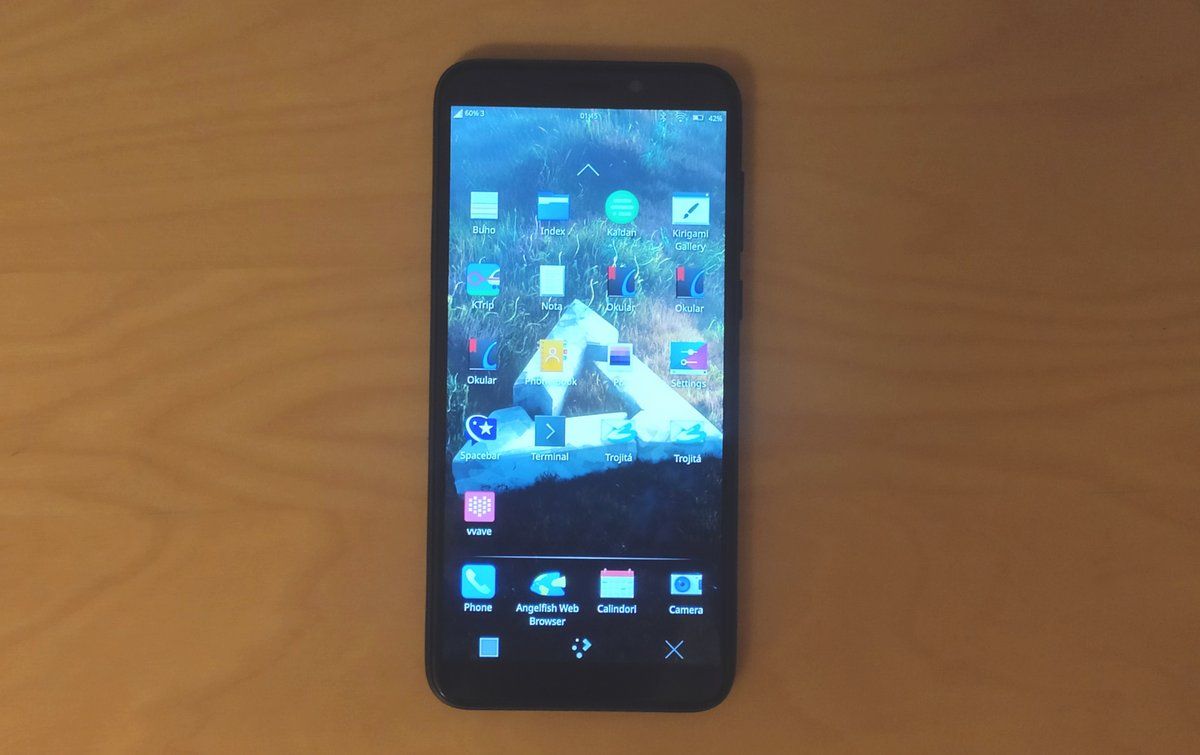
While several of these 200+ devices are far from stable (e.g. lacking support for Xorg, GPU, wireless networking or running on unreliable/old "downstream" kernels), and several modems or GPUs are still lacking stable drivers, watching the mess of ARM boards finally get some organization and take form is a big leap forward towards stable Linux support for smartphones.
Finally, in case you were wondering what postmarketOS is planning for 2020, the official issue linked below (and the related Milestones page) may help.

As the level of support and stability of projects like this is getting better at a very fast pace we can, as usual, just expect many things to change within the next months. And, considering we are here to report any progress, you may want to follow TuxPhones on Twitter and Mastodon if you want to miss none.
Source: our postmarketOS device counter


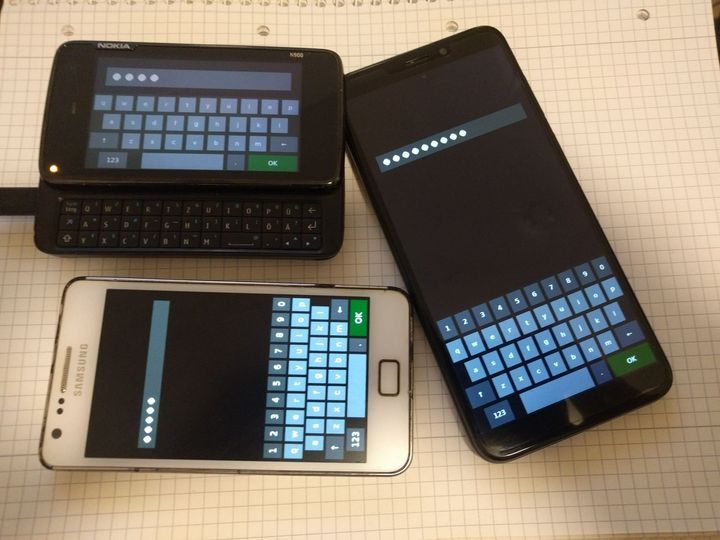

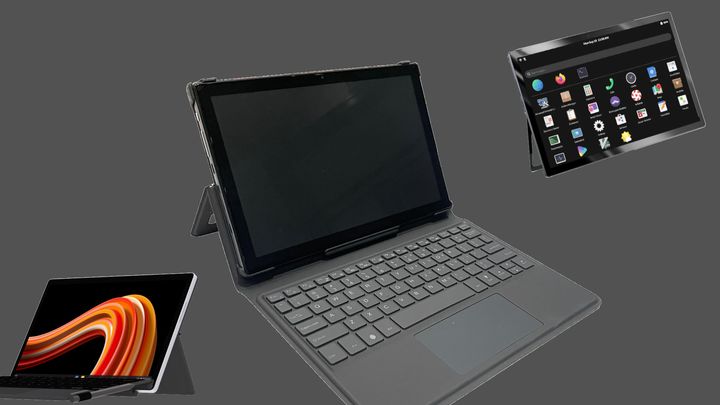
Comments ()